WHO WERE THE NEANDERTHALS

Neanderthals are an extinct species or subspecies of archaic humans who lived in Eurasia until about 40,000 years ago. They most likely went extinct due to assimilation into the modern human genome, great climatic change, disease, or a combination of these factors.
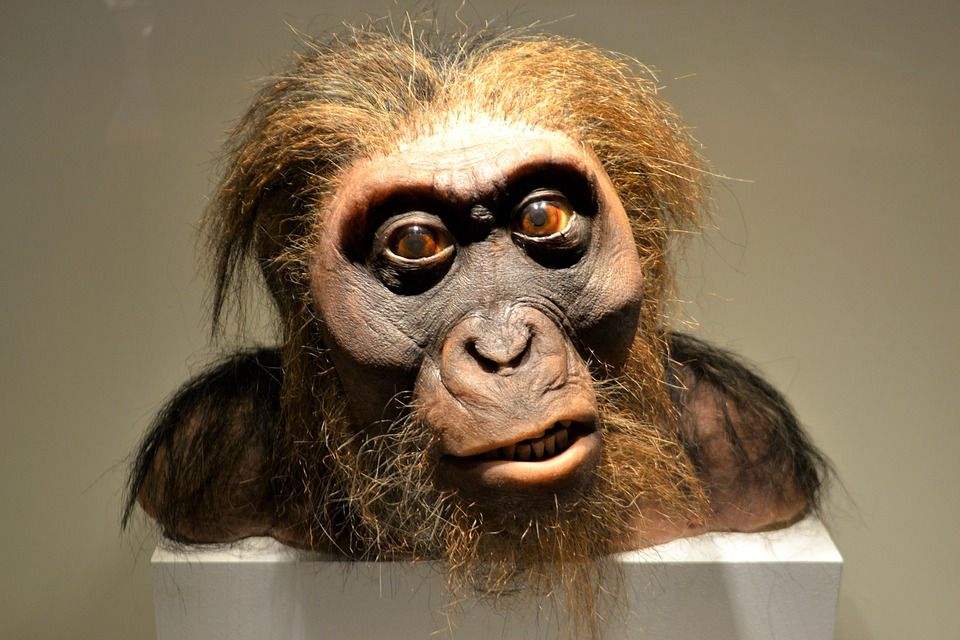
Neanderthal, (Homo neanderthalensis, Homo sapiens neanderthalensis), also spelled Neandertal, member of a group of archaic humans who emerged at least 200,000 years ago during the Pleistocene Epoch (about 2.6 million to 11,700 years ago) and were replaced or assimilated by early modern human populations (Homo sapiens)
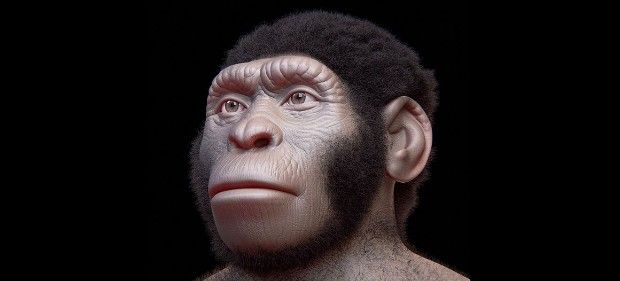
NEANDERTHALS ORIGINATED IN AFRICA
Who were the Neanderthals and where did they come from? Like other humans, Neanderthals originated in Africa but migrated to Eurasia long before other humans did. Neanderthals lived across Eurasia, as far north and west as Britain, through part of the Middle East, to Uzbekistan.
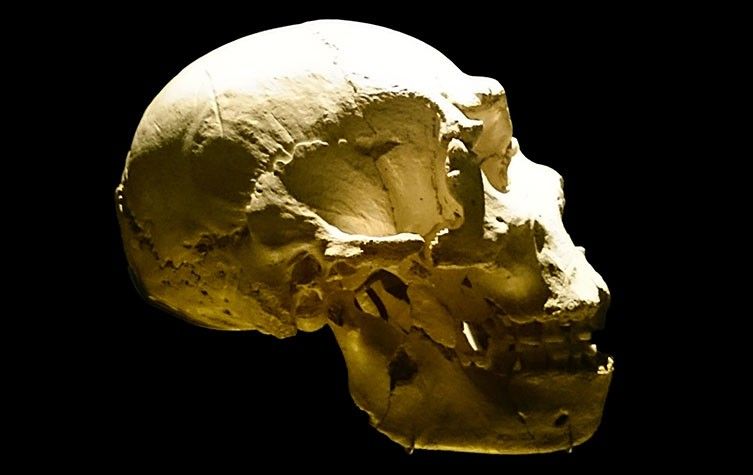
Gibraltar 1 skull This skull belonged to a Neanderthal female and was found at Forbes' Quarry in Gibraltar in 1848. It is the First adult Neanderthal skull ever found, although it wasn't recognized as such until it was re-examined after the identification of the Neander Valley skeleton.
Sima de los Huesos human remains Since 1976 over 6,500 human fossils, representing about 28 individuals, have been recovered in the Sima de los Huesos ('Pit of the Bones') in Atapuerca in northern Spain. The human remains consist of jumbled partial or nearly complete skeletons, mainly those of adolescents and young adults.The Sima skeletons were previously claimed to represent Homo heidelbergensis and be about 600,000 years old. However, they are now dated to about 430,000 years ago. Current evidence suggests they were very early Neanderthals - they show clear affinities to subsequent Neanderthals in details of the skull, face, jaws and especially their teeth. Ancient DNA from the remains also places them firmly on the Neanderthal genetic lineage, in line with their morphology.
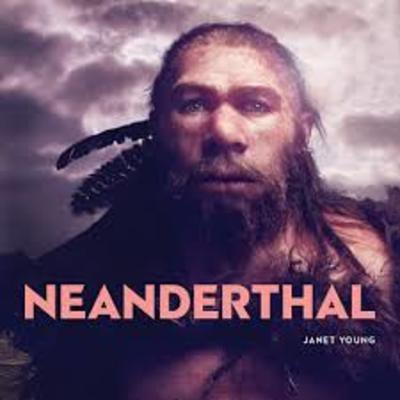
Are Neanderthals just humans? Neanderthals and modern humans belong to the same genus (Homo) and inhabited the same geographic areas in western Asia for 30,000–50,000 years; genetic evidence indicate while they interbred with non-African modern humans, they ultimately became distinct branches of the human family tree (separate species).
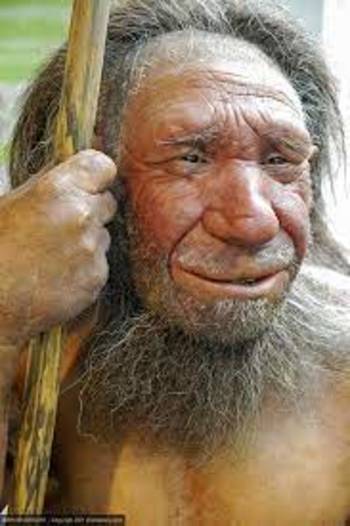
MEET YOUR ANCIENT RELATIVES
Research suggests they fashioned tools, buried their dead, maybe cared for the sick and even conversed. But why, if they were so smart, did they disappear? Generally, anthropologists and archaeologists today proffer two scenarios for how Neanderthals became increasingly resourceful in the days before they vanished. On the one hand, it may be that Neanderthals picked up a few new technologies from invading humans in an effort to copy their cousins. On the other, Neanderthals learned to innovate in parallel with anatomically modern human beings, our ancestors.
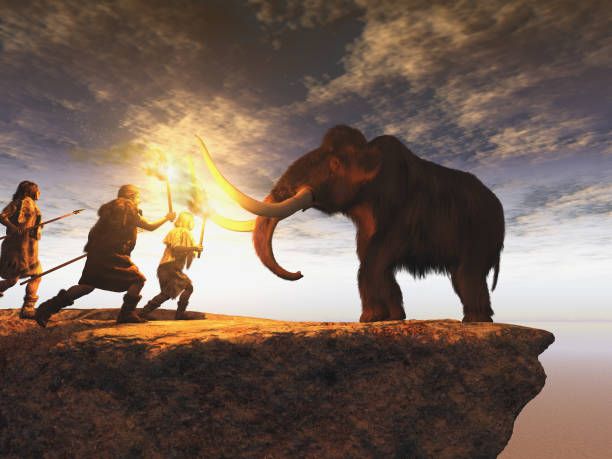
Most researchers agree that Neanderthals were skilled hunters and craftsmen who made tools, used fire, buried their dead (at least on occasion), cared for their sick and injured and even had a few symbolic notions. Likewise, most researchers believe that Neanderthals probably had some facility for language, at least as we usually think of it. It’s not far-fetched to think that language skills developed when Neanderthal groups mingled and exchanged mates; such interactions may have been necessary for survival, some researchers speculate, because Neanderthal groups were too small to sustain the species. “You need to have a breeding population of at least 250 adults, so some kind of exchange had to take place,” says archaeologist Ofer Bar-Yosef of Harvard University. “We see this type of behavior in all hunter-gatherer cultures, which is essentially what Neanderthals had.”
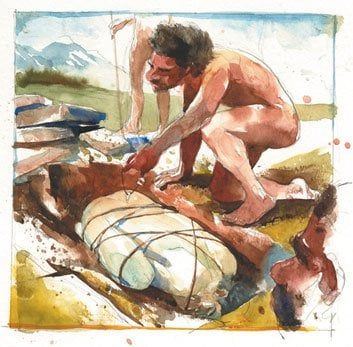
But if Neanderthals were so smart, why did they go extinct? “That’s a question we’ll never really have an answer to,” says Clive Finlayson, who runs the Gibraltar Museum, “though it doesn’t stop any of us from putting forth some pretty elaborate scenarios.” Many researchers are loath even to speculate on the cause of Neanderthals’ demise, but Finlayson suggests that a combination of climate change and the cumulative effect of repeated population busts eventually did them in. “I think it’s the culmination of 100,000 years of climate hitting Neanderthals hard, their population diving during the cold years, rebounding some during warm years, then diving further when it got cold again,” Finlayson says.
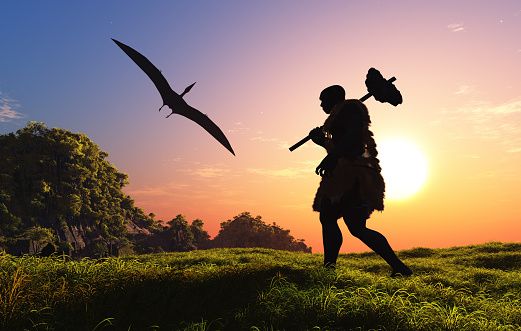
As Neanderthals retreated into present-day southern Spain and parts of Croatia toward the end of their time, modern human beings were right on their heels. Some researchers, like Smith, believe that Neanderthals and Cro-Magnon humans probably mated, if only in limited numbers. The question of whether Neanderthals and modern humans bred might be resolved within a decade by scientists studying DNA samples from Neanderthal and Cro-Magnon fossils.
But others argue that any encounter was likely to be hostile. “Brotherly love is not the way I’d describe any interaction between different groups of humans,” Shea says. In fact, he speculates that modern humans were superior warriors and wiped out the Neanderthals. “Modern humans are very competitive and really good at using projectile weapons to kill from a distance,” he says, adding they also probably worked together better in large groups, providing a battlefield edge.
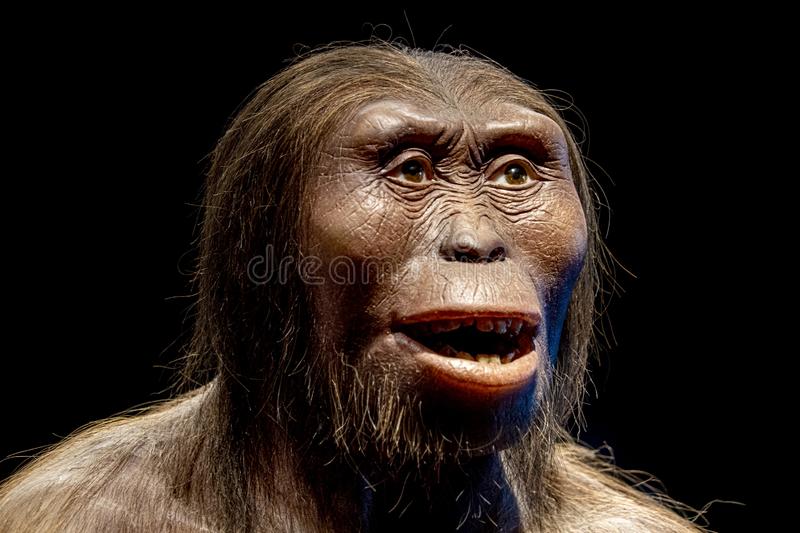
In the end, Neanderthals, though handy, big-brained, brawny and persistent, went the way of every human species but one. “There have been a great many experiments at being human preceding us and none of them made it, so we should not think poorly of Neanderthal just because they went extinct,” says Rick Potts, head of the Smithsonian’s Human Origins Program. “Given that Neanderthal possessed the very traits that we think guarantee our success should make us pause about our place here on earth.”
THINGS YOU MAY NOT KNOW: Aboriginal culture maybe one step up from the Neanderthals and is the oldest civilization in the world?
An unprecedented DNA study has found evidence of a single human migration out of Africa and confirmed that Aboriginal Australians are the world's oldest civilization.
THINGS YOU MAY WANT TO SAVE: Neanderthal Skulls, Skeletons and Bones.
ZENTRAVELER SAYS: Its better to be a TIGER for one year than a TURTLE for 20 years! However TURTLES LIVE LONGER?
From here to Infinity is a relatively short ride! The next leg takes eons and eons as you fly through the Barycentric Dynamical Time Zone! …and on and on and on. Follow the Zentraveler Newsletter often for Travel, Health and Zen-like stories and such. Where else can you get a three in one Newsletter For The Price of FREE?

ZENTRAVELER IS A PERSONAL NEWSLETTER, DESIGNED TO GIVE TRAVEL, HEALTH, WRITING AND HUMOR INCLUDING HELPFUL HINTS WITH A ZEN LIKE QUALITY
